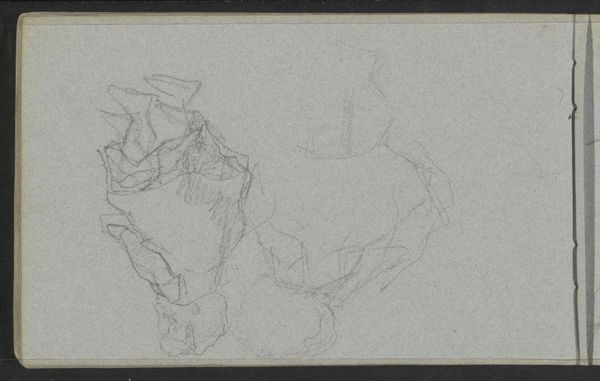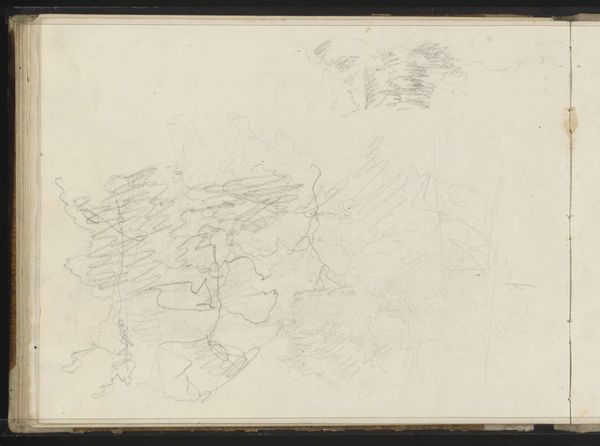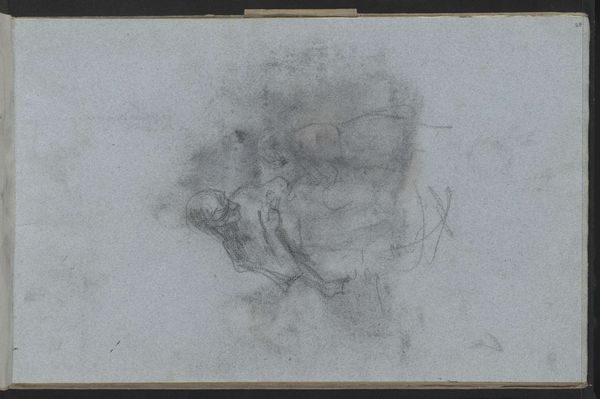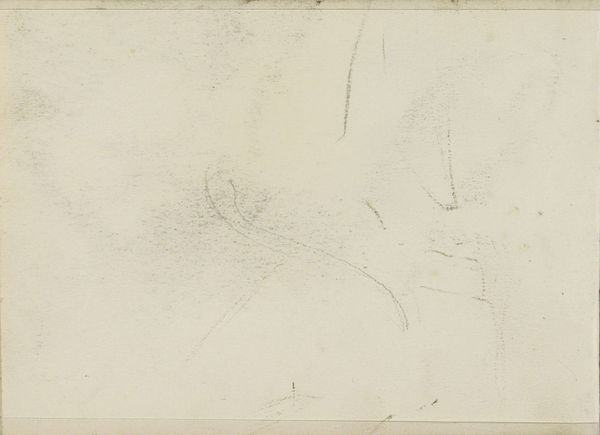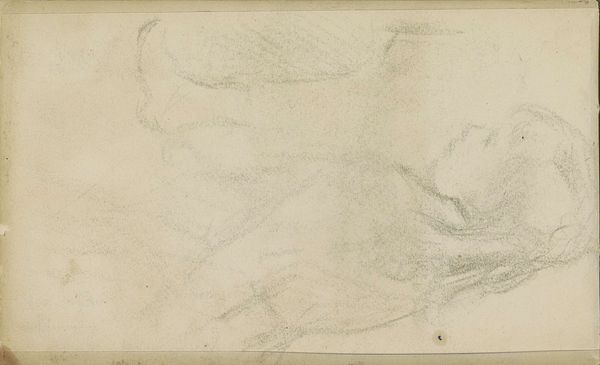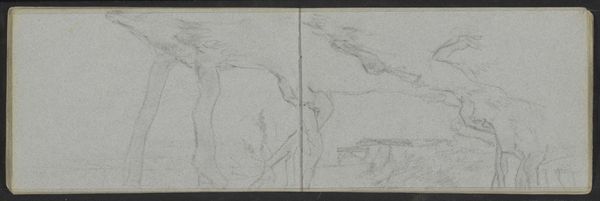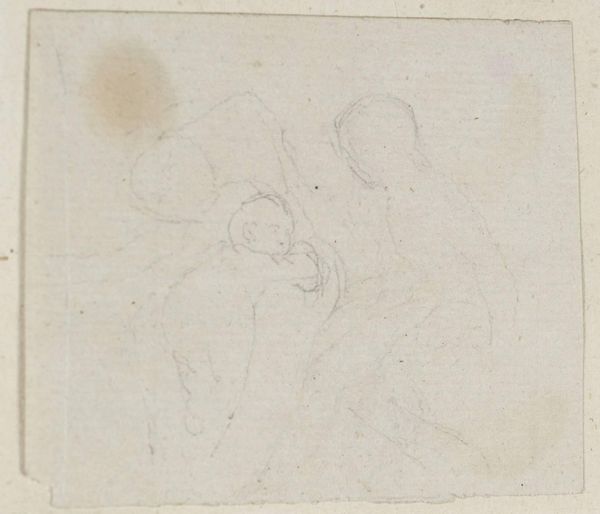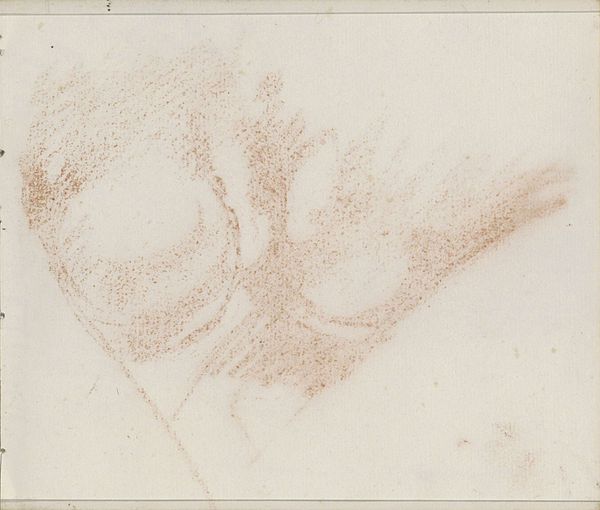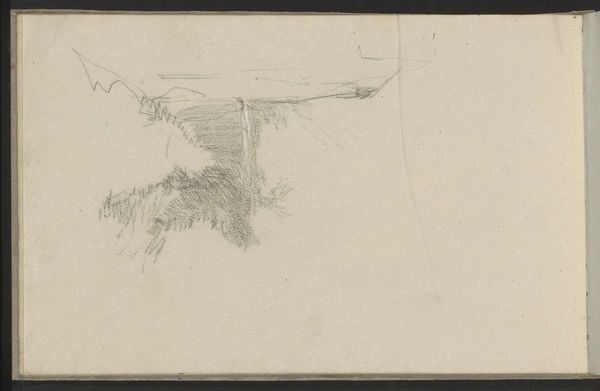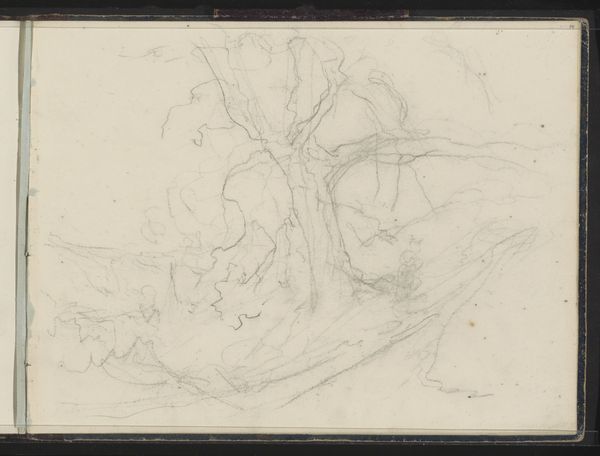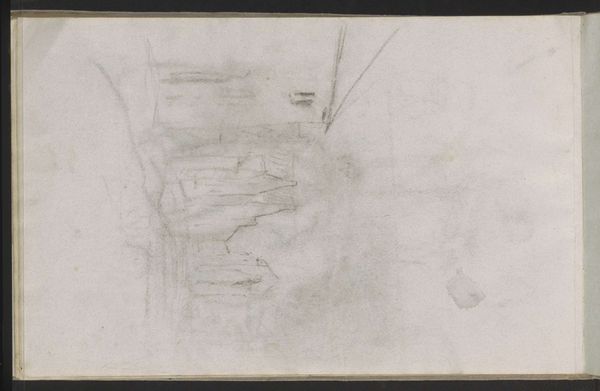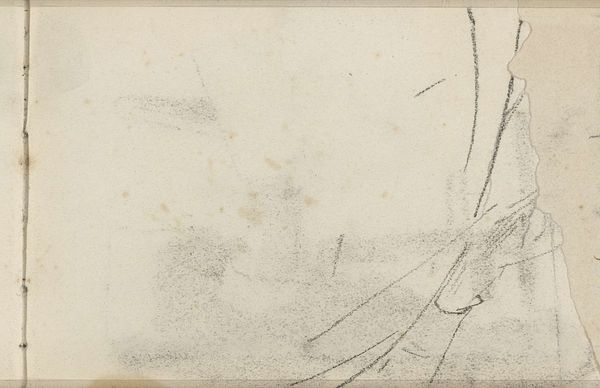
drawing, paper, pencil
#
portrait
#
drawing
#
toned paper
#
impressionism
#
sketch book
#
paper
#
pencil
#
sketchbook drawing
Copyright: Rijks Museum: Open Domain
Editor: Here we have Matthijs Maris’s "Koppen van een peuter," dating from around 1849 to 1917, a pencil drawing on paper housed in the Rijksmuseum. I'm immediately drawn to the ephemeral, almost ghostly quality of the lines. It's clearly a preliminary sketch, capturing a fleeting moment. What can you tell me about its historical significance? Curator: Maris’s work reflects a fascinating tension of his time. The late 19th century saw a rise in interest of everyday life, with a particular focus on childhood as a unique stage of development. These weren’t idealized portraits commissioned by wealthy patrons, but rather intimate glimpses into a child's world. Consider how the emerging field of psychology might have influenced artists like Maris, prompting a closer observation of human development. Do you think these sketches were made for artistic study, or could they serve as a deeper observation of the child's personality? Editor: That’s interesting. I hadn’t considered the psychological aspect. I suppose it could be both, a way of honing his technique while also trying to capture something essential about childhood. Were sketchbooks like this usually private? Curator: Typically, yes. Sketchbooks offer a rare peek behind the scenes, revealing the artist's process unfiltered by public expectations. Maris, along with his contemporaries, was trying to redefine art’s role, moving away from academic painting towards more personal expression. The Rijksmuseum acquiring such a work tells us how art institutions gradually embrace these informal practices. So how might showing this influence perceptions of what is valued in the field of art? Editor: It democratizes it somewhat, I think. It shows that the process is just as valuable as a finished product. Curator: Precisely! It shows us how artistic value can evolve along with changing cultural priorities and tastes. Editor: I never thought of the acquisition as an evolution. Thank you. Curator: A pleasure. Thinking of art this way helps us understand why we find ourselves drawn to certain pieces in different times.
Comments
No comments
Be the first to comment and join the conversation on the ultimate creative platform.
